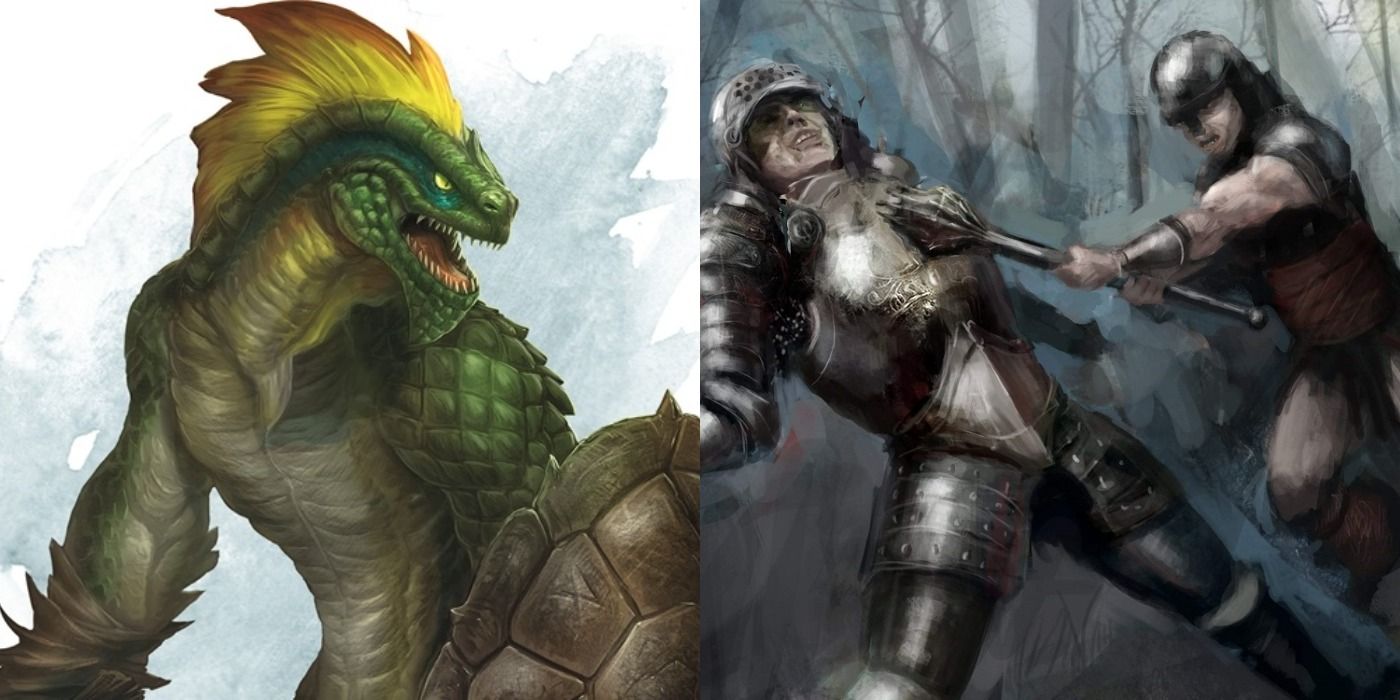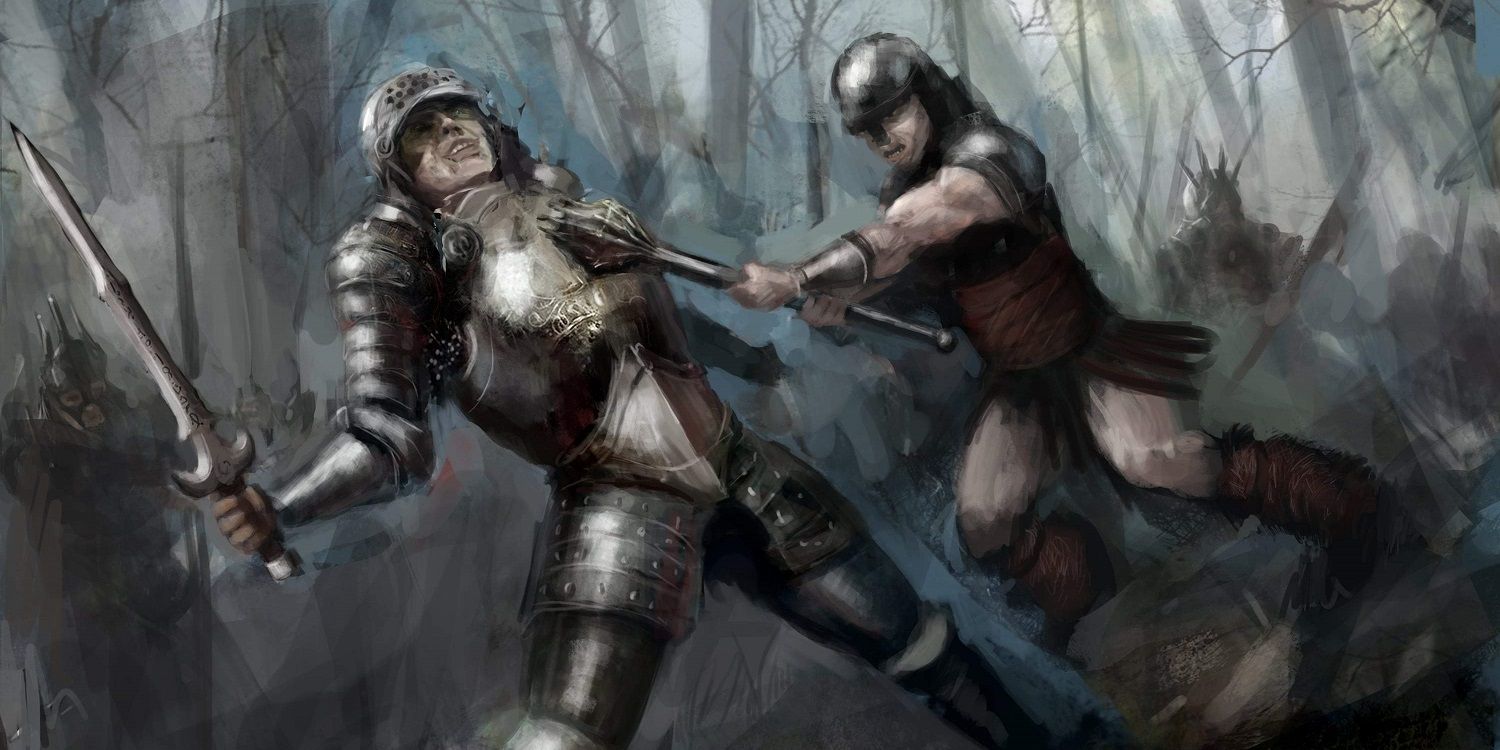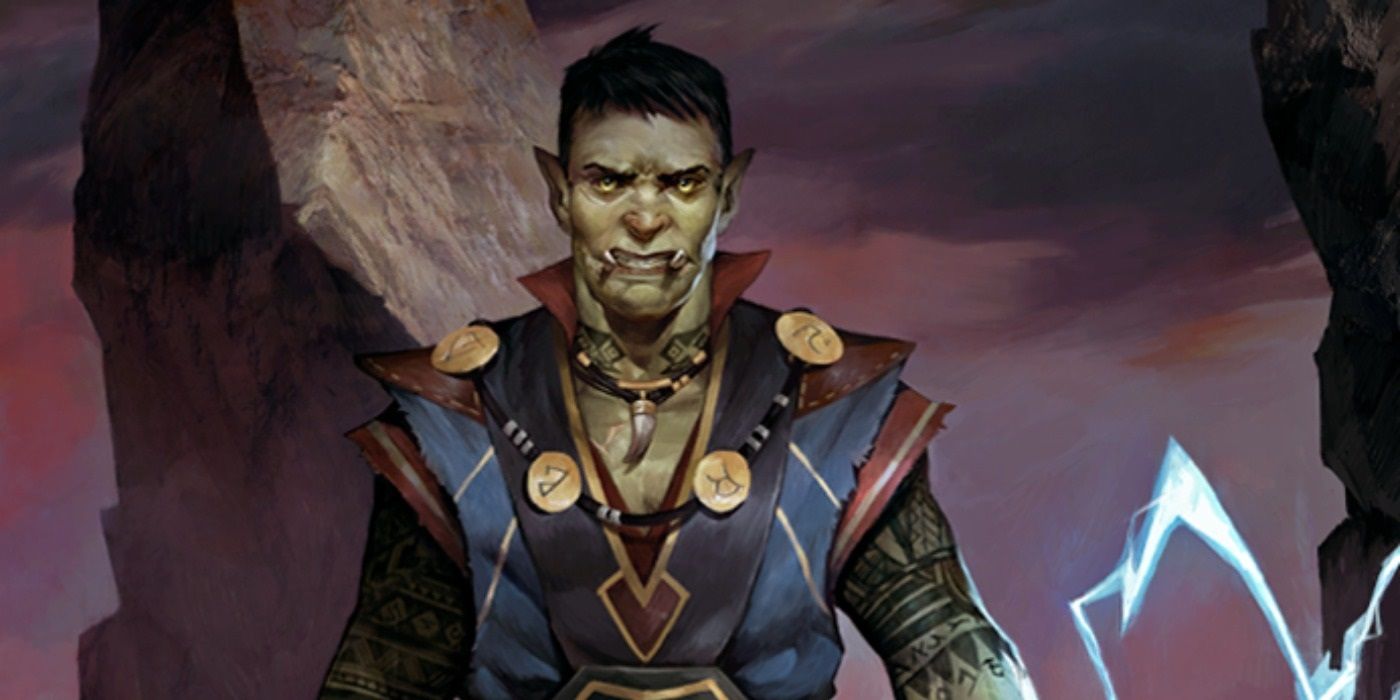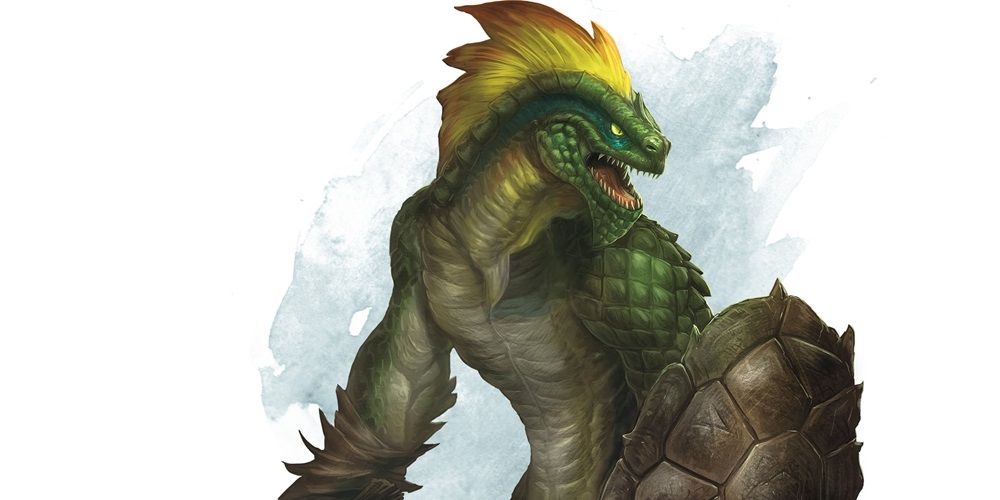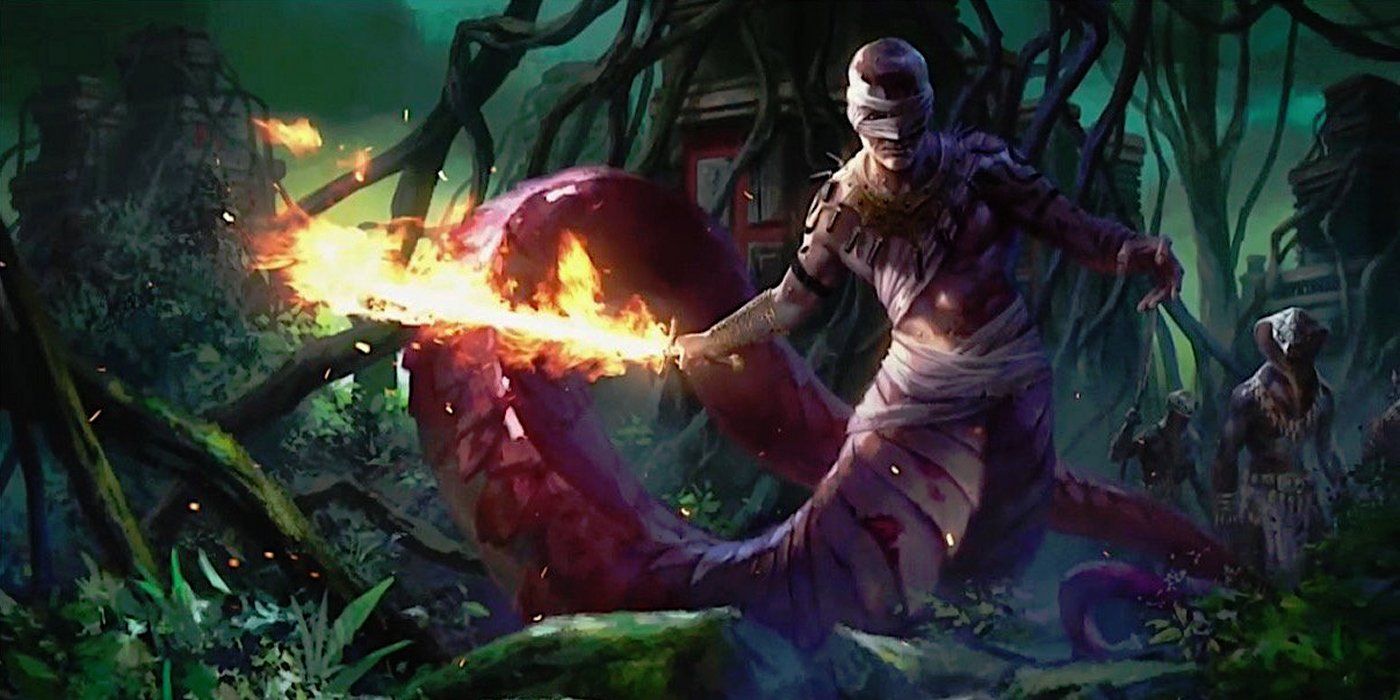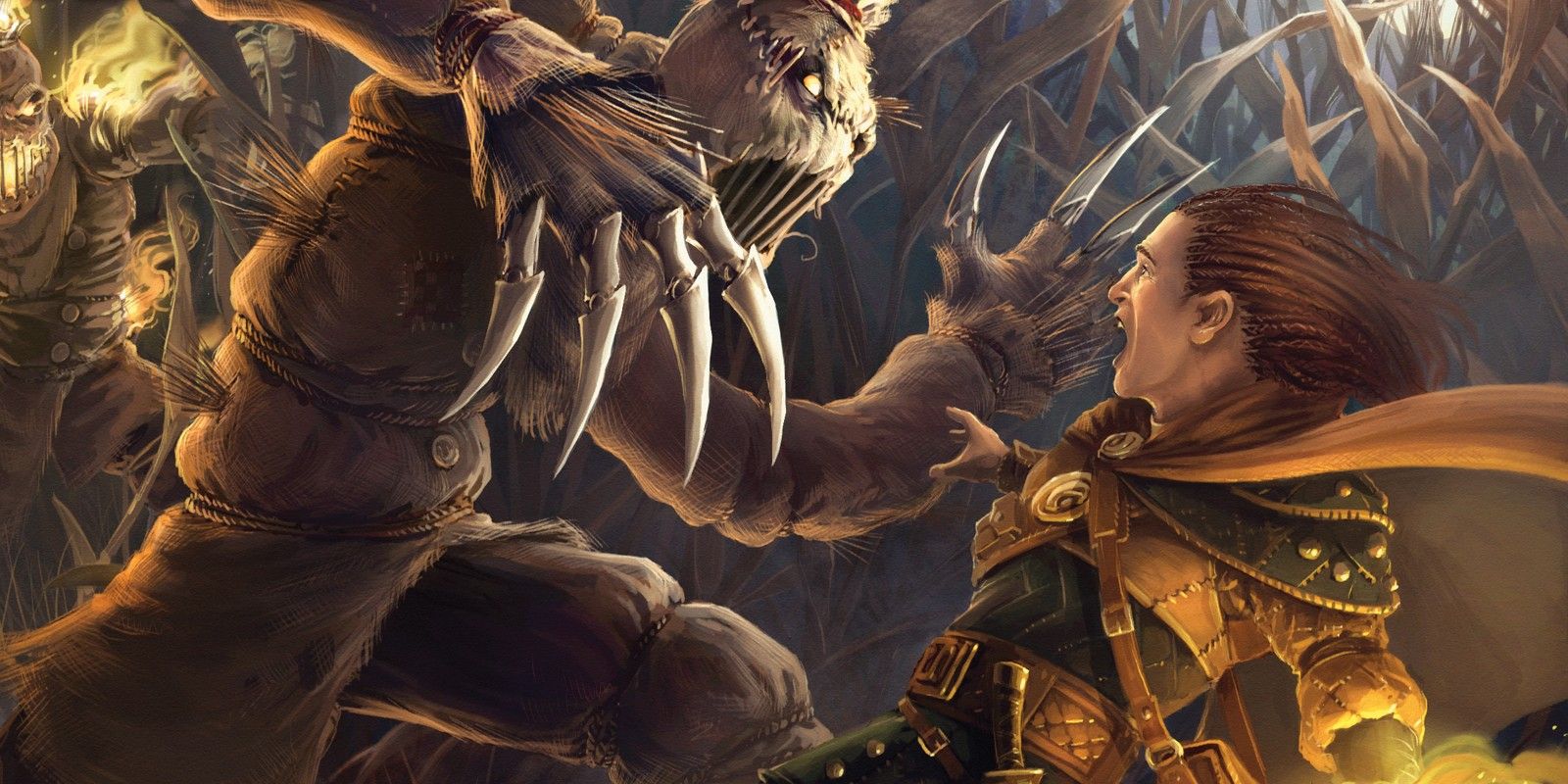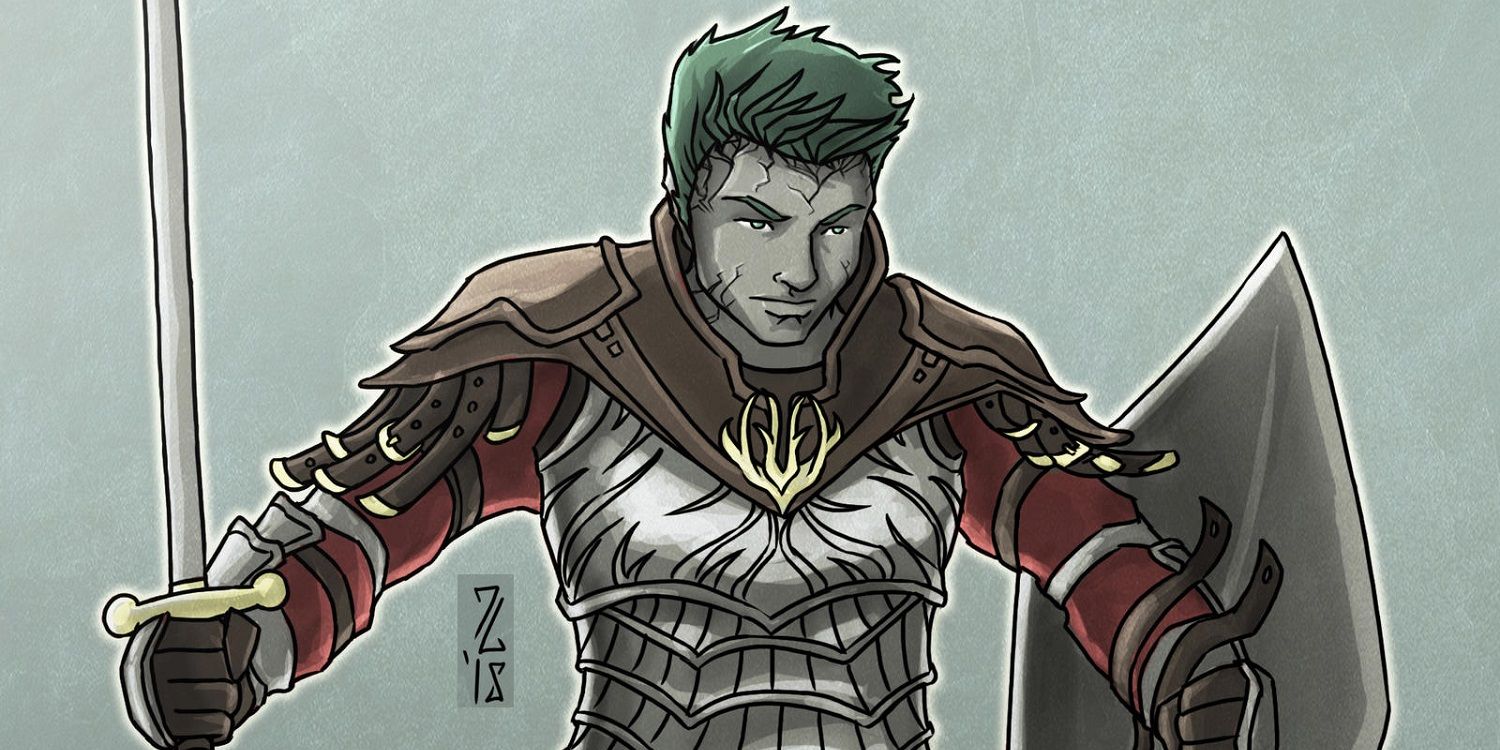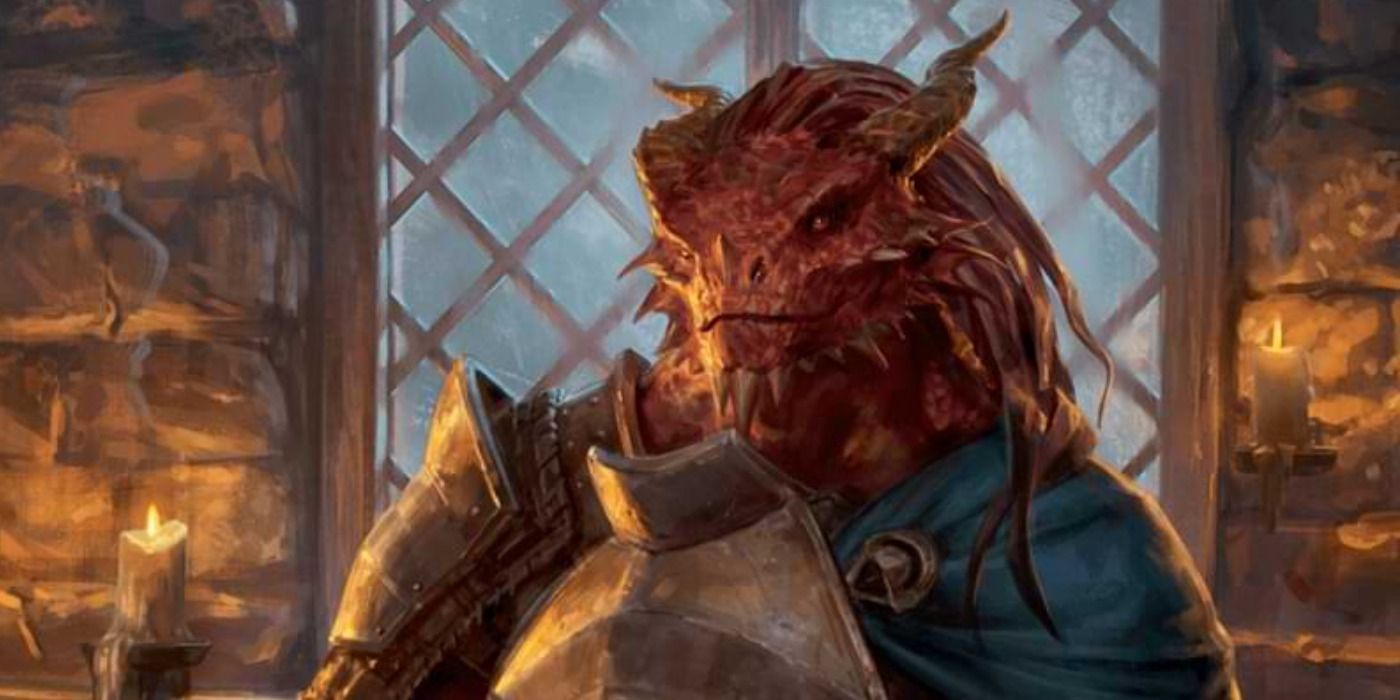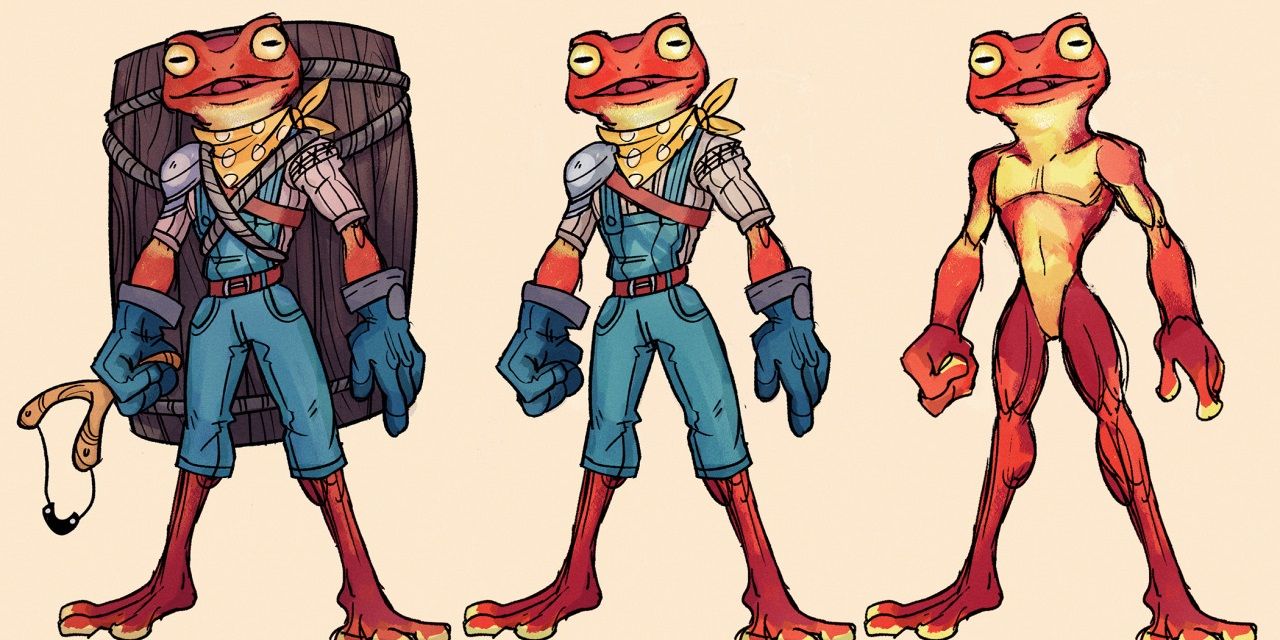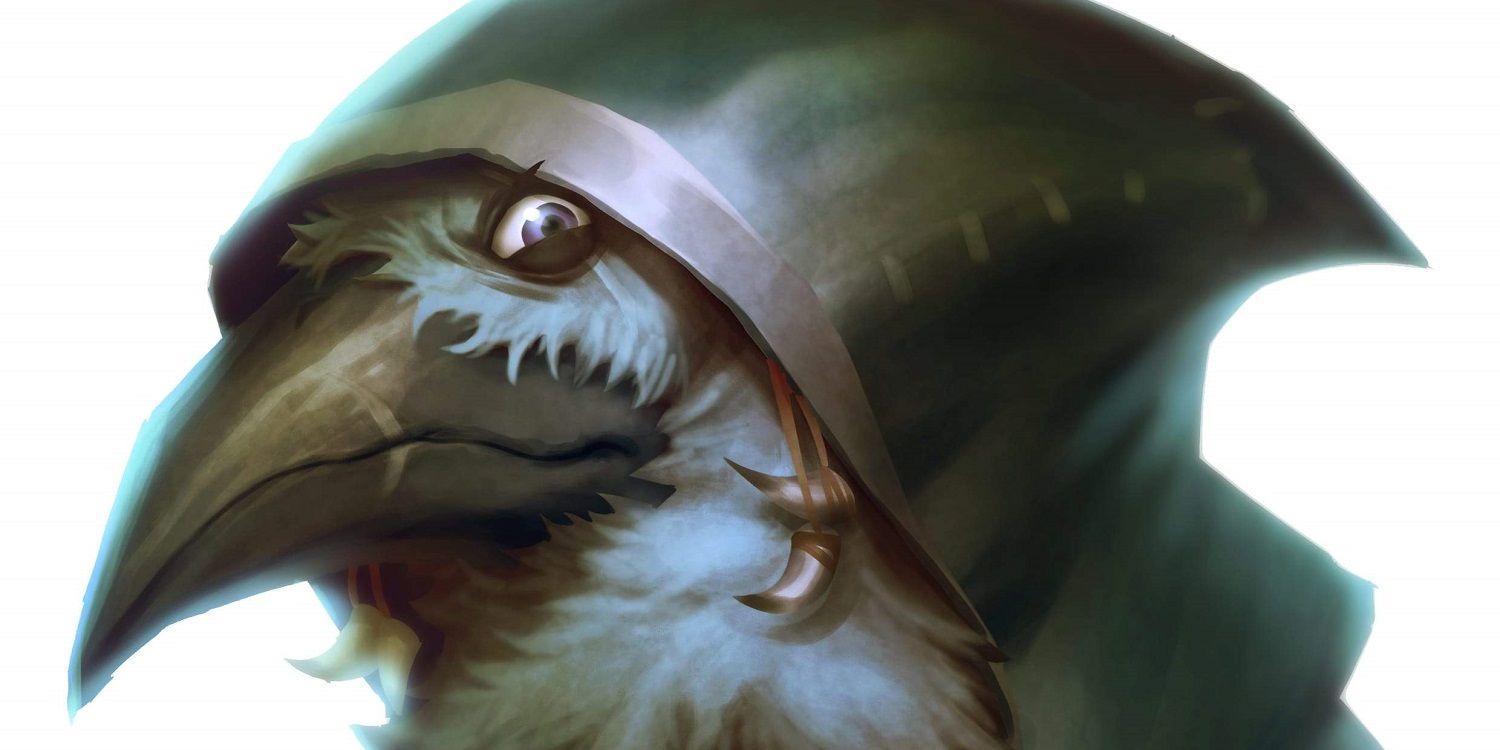Choosing a race is one of the foundational steps of character creation in Dungeons & Dragons, and deciding which are the best and worst of the many options offered in 5e is not always easy. Granting unique ability bonuses, skills, proficiencies, and resistances, races often help shape the core aspects of a player's character.
Fifth Edition has added plenty of official playable races over the years, ranging from the Tabaxi to the much-beloved Tortle, which can add further difficulty to making the ideal decision. While no D&D race is ever a bad choice, each has its strengths and weaknesses, making some races mechanically stronger than others.
Updated on November 30, 2022 by Stacie Rook: The D&D movie, Dungeons & Dragons: Honor Among Thieves, is set for release on March 31st, 2023, and the trailer (via YouTube) shows off the strengths of the film's core adventuring party. In a game, such skills can be reflected by a player character's race, and choosing the one of the best D&D races to combine with class can enhance a character's capabilities.
Best Playable Races
Variant Human
5e's Player's Handbook provided a much-needed alternative to what players commonly found to be Dungeons and Dragons' most uninteresting race, the humble Human. Variant Humans replaces the +1 bonus to all Ability Scores with a trio of customizable stat options, which present a much stronger start for any Human character.
The Variant Human is often particularly celebrated for the option to choose a feat, something that players usually only get by sacrificing an Ability Score Improvement. 5e has an exhaustive list of feats, with some being considered nearly overpowered for the benefits they provide. Gaining access to feats at first level is, on its own, a pretty compelling reason to choose Variant Human.
Half-Orc
Half-Orcs are one of the most popular D&D races to play as, and for good reason. They're given a host of abilities that all provide excellent utility, especially with class builds made to maximize their potential. Darkvision alone is an incredibly useful feature, as it spares players the hassle of adventuring through caves or dungeons. Half-Orcs also get a free bonus dice on critical hits with Savage Attack, gaining a little extra damage on an already powerful hit.
However, what really sets the Half-Orc apart is Relentless Endurance, an ability that, once per long rest, allows a Half-Orc to avoid being reduced to zero Hit Points, instead leaving them at one HP. No other race has an ability like this, giving the Half-Orc an undeniable advantage, particularly given that the race is often used in builds for classes that endure a lot of damage, like Barbarian and Fighter.
Lizardfolk
Lizardfolk are a monstrous race that come with an impressive array of abilities and skills. In terms of exploration abilities, they get a swim speed, extended lung capacity, and an artisan skill that lets players create armor and weapons from harvested enemies. Lizardfolk also have natural armor, giving them a base Armor Class of 13.
Many players point to the Lizardfolk's bite attack as its stand-out ability. Providing both a stronger unarmed attack and a special attack, the Lizardfolk's bite also grants some temporary HP. As a bonus action, this bite can also be combined with weapon attacks, increasing its combat utility. Given the bite attack and natural armor, many players call Lizardfolk an improved Dragonborn.
Yuan-ti
Yuan-ti are often considered one of the most powerful races in 5e, starting the game off with a host of great abilities. They get Abyssal and Draconic as their additional languages, as well as natural Darkvision, all of which can be useful in exploration or role-playing.
What truly sets the Yuan-ti apart, however, are their resistances and Innate Spellcasting abilities. Yuan-ti gain one of the most useful D&D cantrips, poison spray, use of the suggestion spell, and have animal friendship with snakes, More significantly, they have complete poison immunity, as well as an advantage on saving throws against all spells and magical effects. These resistances provide the Yuan-ti with an incredible defensive edge over the other races from a campaign's outset.
Changeling
Introduced in the Eberron book, Changelings offer plenty of mechanical advantages on top of what many players consider one of the most fun racial abilities. In line with their theme of mutability, Changelings get to choose two skill proficiencies from a list, an ability score +1, and any two additional languages.
What makes the Changeling superior, however, is their Shapechanger ability. As an action, a Changeling can change their appearance and voice at will. Unlike many other shape-shifting abilities or spells, combat does not end the transformation, and it cannot be revealed by a saving throw. This gives the ability much more in-game practicality, and the Changeling a huge advantage over the other races when it comes to disguises and blending into a crowd.
Worst Playable Races
Base Human
Already considered a pretty average choice by many players, the existence of the Variant Human shines an especially unflattering light on the Base Human. Base Humans have no racial abilities, skills, or resistances, making them the most 'neutral' of the available choices. Some do have the unpopular D&D opinion that this 'blank-slate' quality is a boon, making it easier to mold a character to their liking, but others find this makes Human characters fall short in comparison to some of the flashier races.
The benefit of Base Human is that they get an automatic +1 to all ability scores, providing a broad improvement. However, players may find that the bonus to stats they don't use is not particularly beneficial to them in the long term. With the improved customization offered by Variant Human, it's difficult not to see the regular Human as the lesser of the two options.
Earth Genasi
In a similar way to Base Human, Earth Genasi suffers from comparison. The Genasi subraces each offer their own additional ability bonus and features, with Fire and Water coming out on top; both boasting a free cantrip and spell, one damage resistance, and an element-related environmental advantage (Darkvision and water breathing, respectively).
Earth Genasi, on the other hand, fall a little flat. Receiving no damage resistance, their elemental advantage is the ability to ignore difficult terrain in certain circumstances, which has far much more limited applications than the ever-useful Darkvision. Furthermore, while Earth Genasi's ability to cast Pass Without Trace is useful, it's hampered by being limited to once per long rest. In comparison to the other Genasi, Earth doesn't live up to its potential.
Dragonborn
There is an undeniable appeal in playing a D&D character related to a powerful dragon, but 5e's base Dragonborn are often considered the weakest of the PHB races. Their breath weapon's limited range and poor damage scaling make it less useful than it looks, especially at higher levels. It also takes a full action and can only be used once per rest, which gives it extremely limited overall combat utility.
Dragonborn are given a damage resistance related to their type of Draconic Ancestry but receive no other physical advantages. Players often point out the lack of bite or claw attack and natural armor as a missed opportunity, especially as Lizardfolk have both. Playing a part-dragon character will never lose its flair, but the low utility of its racial attributes makes the PHB's Dragonborn overall mechanically unimpressive.
Grung
The Grung is a classic monstrous race made playable in one of D&D's newer supplementals. Counter to almost every other race, they do — not start with Common as a language only 'Grung.' While a player can usually take an extra language through their background, this still puts the Grung at a disadvantage; knowing only two languages where most start with three.
Additionally, Grung have the 'water dependency' feature, making it so they need to be fully immersed in water for at least an hour per day or suffer exhaustion. Depending on the type of campaign being run, this can be significantly difficult to accomplish. While the Grung has plenty of appeal with its poisonous skin ability and fun physical features, it ultimately places more restrictions on the player that may not be worth dealing with.
Kenku
Kenku are a race whose abilities seem interesting in concept, but are incredibly difficult to use in actual play. Along with a genetic lack of creativity and flightlessness, Kenku are incapable of original speech. While this is an interesting character flaw, it's also a pretty severe obstacle.
While D&D's open encouragement of creativity and customization means that players are welcome to make their own rules when it comes to 'official' lore-based abilities, those choosing to stick to the book may find it difficult to successfully integrate this feature into actual play. Communication is a fundamental part of gameplay, and having this hurdle can make sessions difficult for both the player and their party. This, coupled with their lack of flight, has led to the Kenku being labeled the much inferior bird race.

